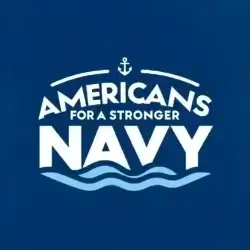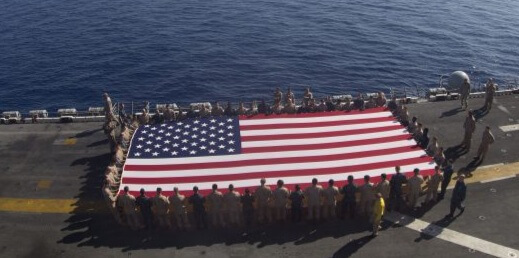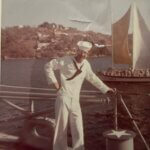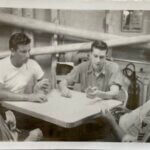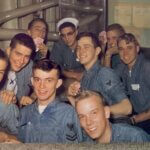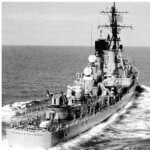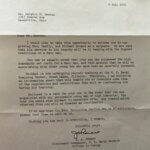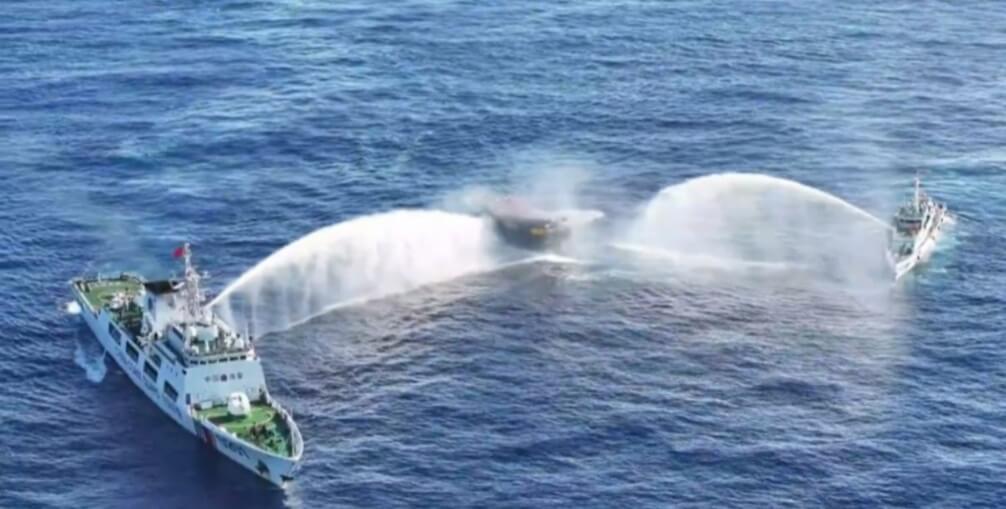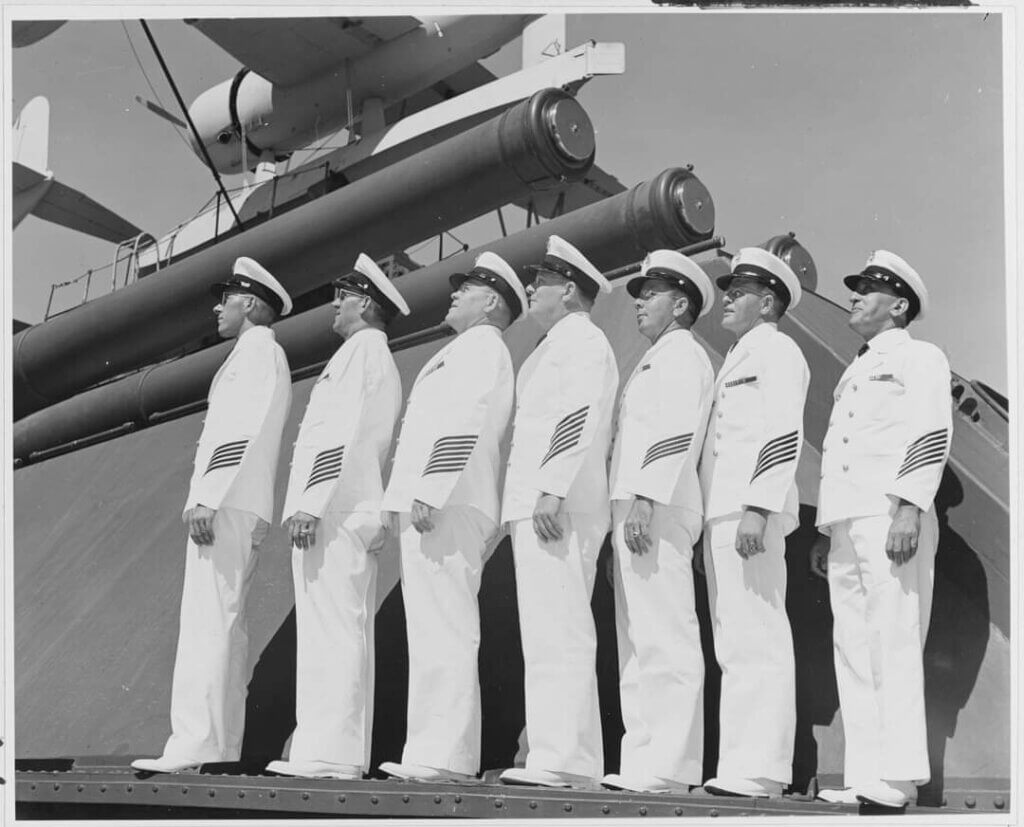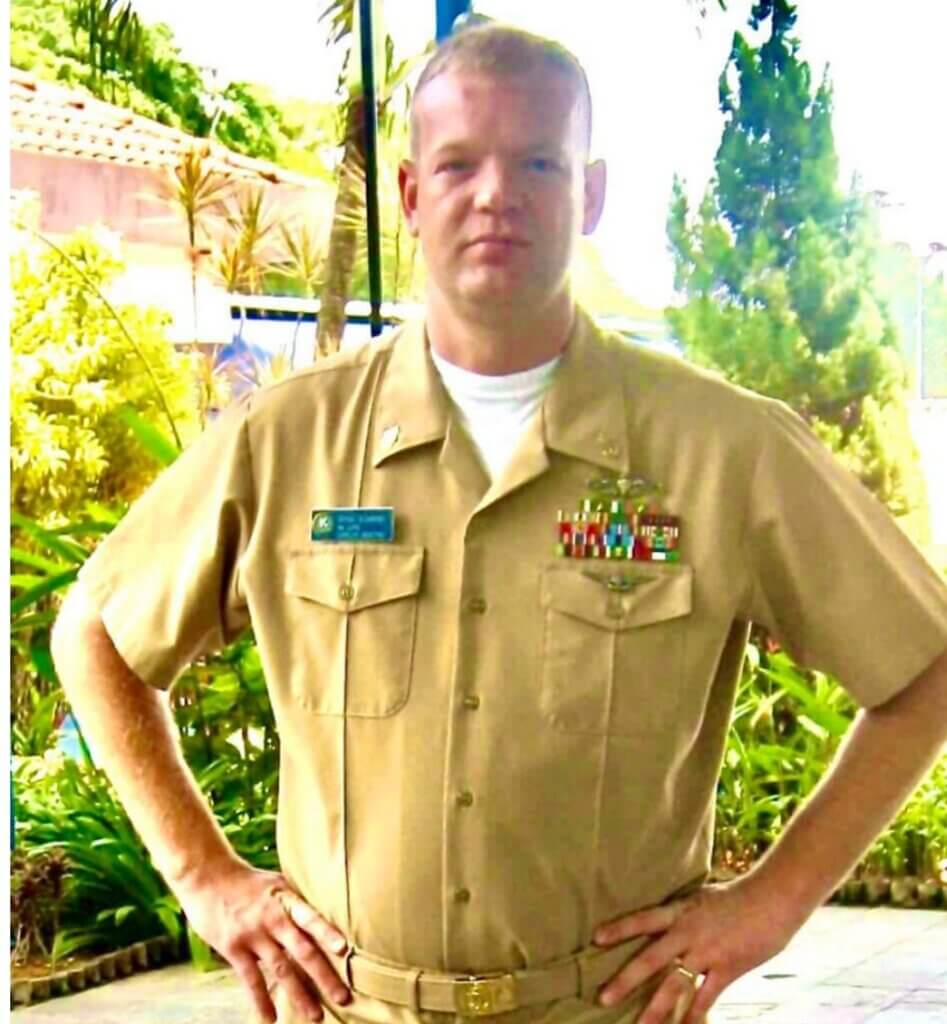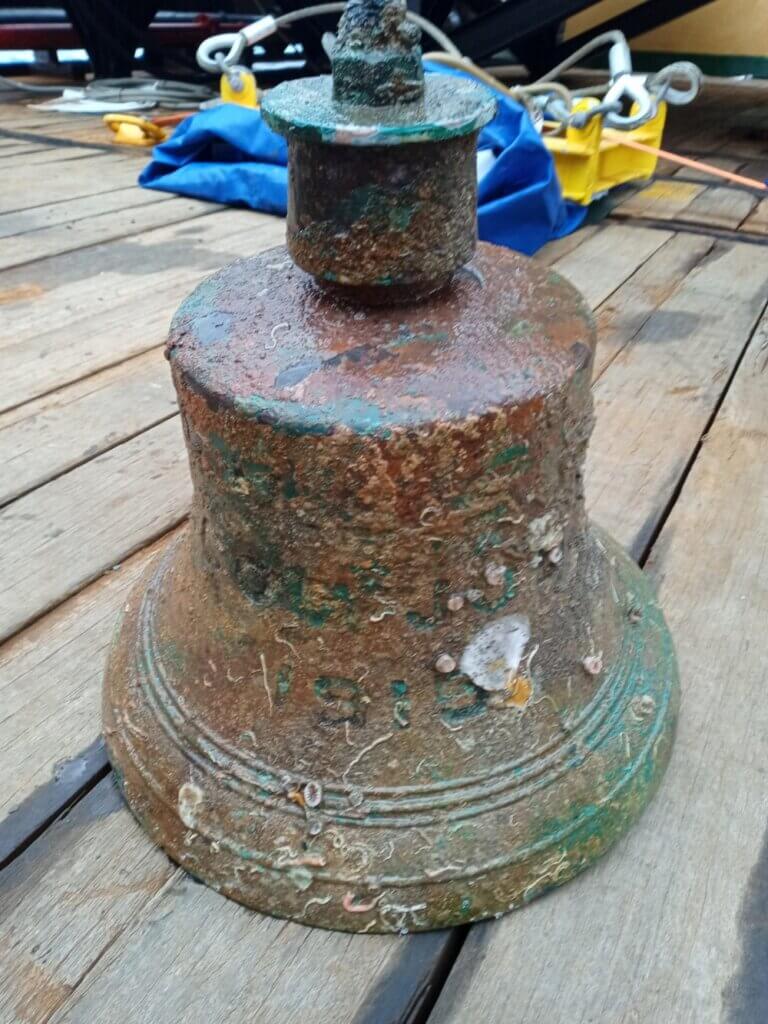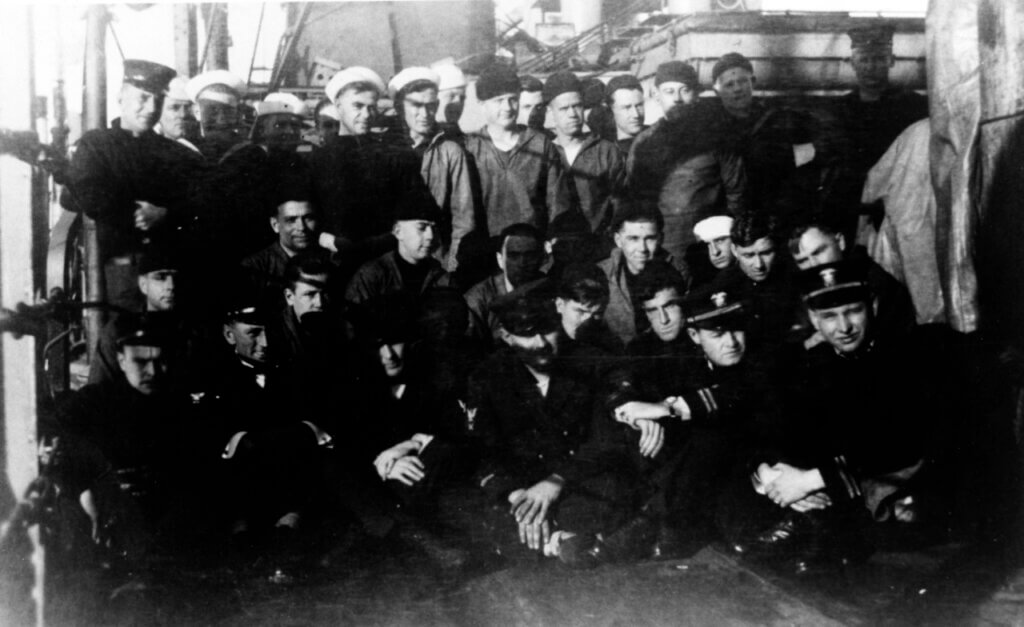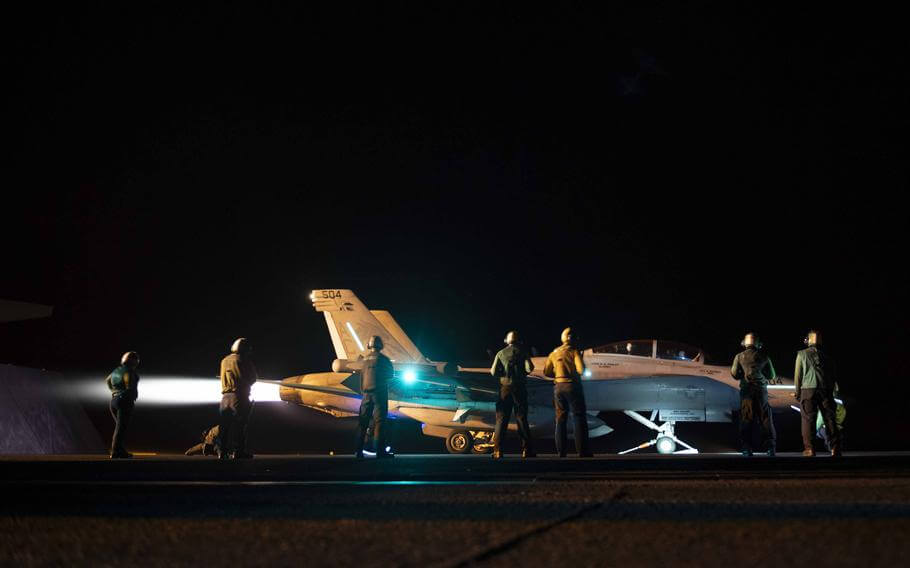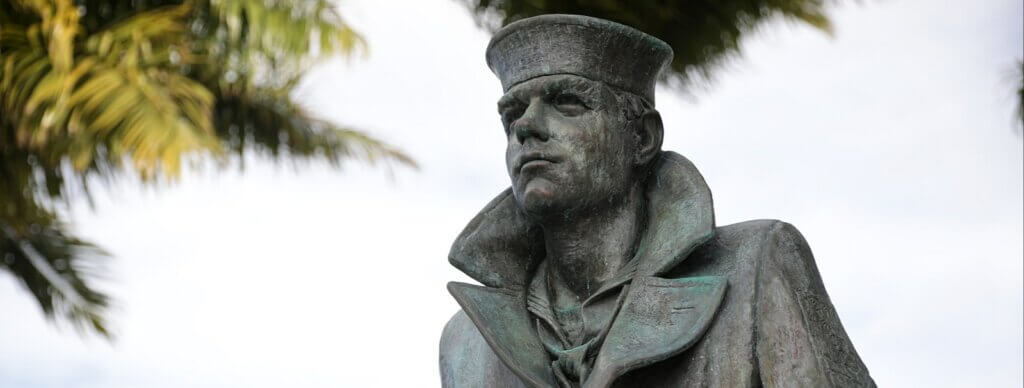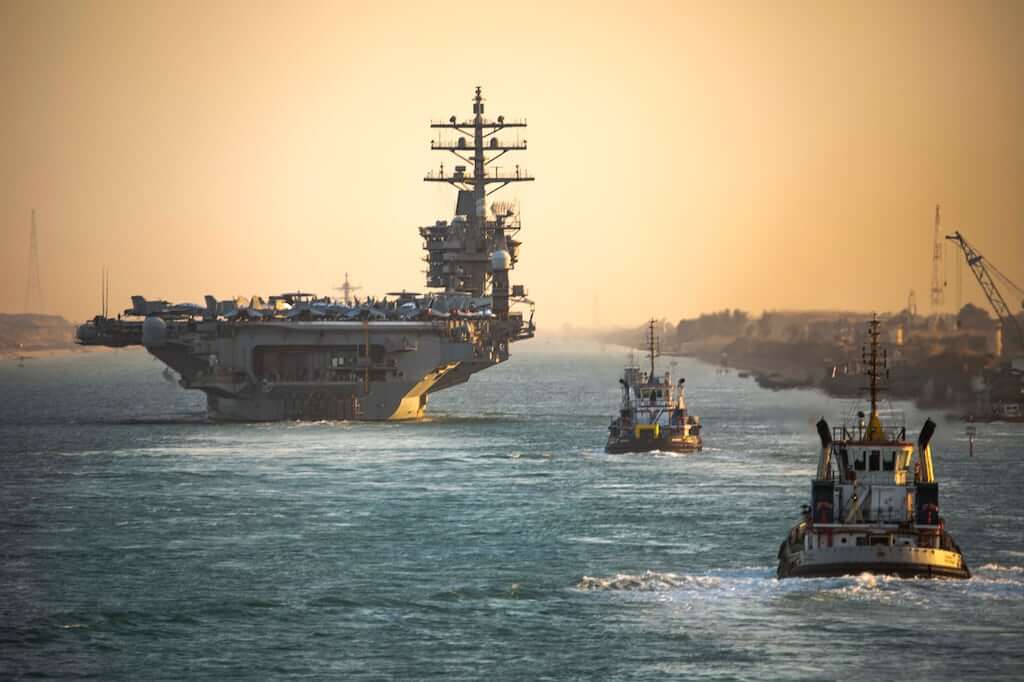
Each week, we’ll dive into key stories that reflect the Navy’s commitment to excellence, innovation, and global security. Whether you’re a sailor, a Navy family member, or a civilian supporter, this review offers insights into how the Navy’s work continues to protect and serve the nation while fostering a stronger connection with the communities it touches.
1. Red Sea Operations: Lessons in Real-Time
The U.S. Navy has been at the forefront of refining surface warfare tactics based on real-world experiences from the Red Sea. These operations, including Operation Prosperity Guardian, have accelerated the feedback loop, allowing lessons learned to be integrated into training programs more swiftly than ever before. This rapid adaptation ensures that crews are better prepared for future challenges, ultimately improving readiness and operational effectiveness.
Why It Matters:
This continuous improvement not only enhances the safety and preparedness of our sailors but also strengthens the Navy’s overall capability to protect American interests abroad. By staying agile and responsive, the Navy ensures that it remains a formidable force in an increasingly complex global environment.
2. Pacific Dragon 2024: Strengthening Missile Defense with Allies
The Pacific Dragon 2024 exercise brought together U.S. and allied forces, including Japan, South Korea, and Australia, to enhance Integrated Air and Missile Defense (IAMD) capabilities. This biennial exercise focused on improving the coalition’s ability to track and intercept ballistic missiles, a critical component of maintaining security in the Indo-Pacific region.
Community Impact:
These exercises not only bolster the defense capabilities of participating nations but also ensure that our sailors are part of a cohesive and well-prepared international force. The collaboration demonstrated during Pacific Dragon 2024 strengthens global security, which directly contributes to the safety and prosperity of communities worldwide, including those here at home.
3. Final Delivery of the VH-92A Presidential Helicopter
The U.S. Navy has successfully completed the delivery of the final VH-92A helicopter, marking the conclusion of a significant program that ensures the safety and reliability of presidential air transport. The VH-92A, built by Sikorsky, features advanced communication systems, enhanced performance, and improved maintainability over its predecessors.
Behind the Scenes:
This program not only represents a technological achievement but also highlights the dedication of the engineers, technicians, and naval personnel involved. Their commitment to excellence has ensured that the presidential fleet remains a symbol of safety, security, and American innovation.
4. U.S. Submarine Repair in Australia: A Step Toward AUKUS Collaboration
In a significant milestone under the AUKUS agreement, a U.S. Virginia-class submarine underwent maintenance in Australia, symbolizing deepening naval collaboration between the two nations. This operation is a critical step toward enhancing Australia’s future capabilities in operating and maintaining nuclear-powered submarines.
Broader Significance:
For U.S. sailors, this collaboration opens doors for increased training opportunities and operational experience in a key strategic region. For the broader public, it signifies a strong commitment to maintaining security in the Indo-Pacific, ensuring that global trade routes remain open and free from threats.
Additional Segments
Sailor Spotlight: Petty Officer Second Class Jessica Ramirez
Jessica Ramirez, an Aviation Maintenance Technician aboard USS Gerald R. Ford, has been instrumental in maintaining the carrier’s operational readiness. Her leadership in reducing maintenance turnaround times and her commitment to community service during port visits exemplify the dedication and professionalism of our sailors.
Quote:
“Serving in the Navy has allowed me to pursue my passion for aviation while being part of something bigger than myself. The support from my shipmates and the pride in our mission keeps me motivated every day.”
Family Corner: Navigating Deployment
Maintaining strong family connections during deployments is crucial for the well-being of sailors and their loved ones. Setting regular communication times, personalizing care packages, and engaging in support networks like the Navy Family Readiness Group are essential strategies for managing the challenges of deployment.
Resource Highlight:
- Military OneSource: Offers counseling services and community support for military families.
Navy Tech Talk: Advancements in Unmanned Surface Vehicles (USVs)
The U.S. Navy’s advancements in Unmanned Surface Vehicles are revolutionizing maritime operations. These vehicles enhance surveillance, mine detection, and logistics support, freeing up manned vessels for more critical missions and reducing risks to personnel.
Fun Fact:
- The technology developed for Navy USVs is influencing the commercial sector, with applications in cargo transport and oceanographic research.
Community Connection: Fleet Week in San Francisco
Fleet Week returns to San Francisco, offering the public an opportunity to engage with sailors, marines, and coast guardsmen. Highlights include the Parade of Ships, the Blue Angels Air Show, and various community service projects, all aimed at strengthening the bond between the Navy and the public.
Next Event:
- Date: October 3-11, 2024
- More Information: Visit fleetweeksf.org for schedules and event details.
Conclusion
This week’s “U.S. Navy in Focus: Weekend Review” showcases the Navy’s commitment to excellence, from cutting-edge technology to international collaboration. These stories highlight the Navy’s impact on both global security and the everyday lives of sailors, workers, families, and civilians.

